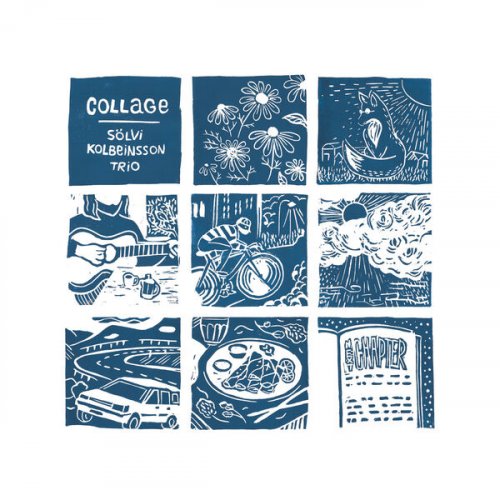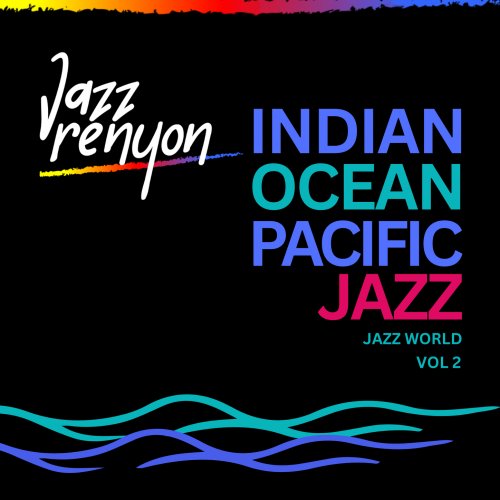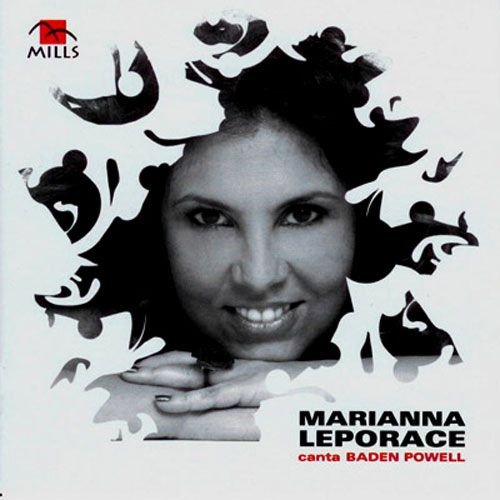Moskus - Mirakler (2022) [Hi-Res]
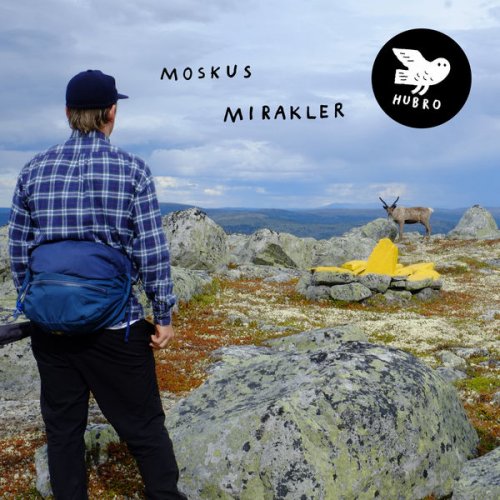
Artist: Moskus
Title: Mirakler
Year Of Release: 2018 / 2022
Label: Hubro
Genre: Jazz, Contemporary Jazz
Quality: FLAC (tracks) [44.1kHz/24bit]
Total Time: 34:18
Total Size: 348 MB
WebSite: Album Preview
Tracklist:Title: Mirakler
Year Of Release: 2018 / 2022
Label: Hubro
Genre: Jazz, Contemporary Jazz
Quality: FLAC (tracks) [44.1kHz/24bit]
Total Time: 34:18
Total Size: 348 MB
WebSite: Album Preview
1. Anslag (02:29)
2. Irsk Setter (02:43)
3. Sang til C (05:06)
4. Eventyrdagene (02:38)
5. Voyager (03:58)
6. Ludwig XIV (03:49)
7. Bolero Blues (01:39)
8. Haiku (00:12)
9. Spurte Hva Det Var (01:22)
10. Min Venns Skaperverk (01:18)
11. Jailhouse Art Music (04:09)
12. (¨,) (01:40)
13. En Natt (03:09)
Moskus could be the perfect 21st century piano, bass and drums trio. Rather than fetishising about the acoustic purity of their sound, the virtuosity of their instrumental technique, or the integrity of their compositional structures, Anja Lauvdal (keys), Fredrik Luhr Deitrichson (double bass) and Hans Hulbækmo (drums/percussion) seem to improvise on ideas more than themes or tunes, and to change direction quickly and effectively as they go, abandoning one thought for another with a refreshing lack of fuss.
You can even imagine, instead of musical notation and dots on staves, a series of pictograms, obscure mathematical graphics or spidery Venn diagrams forming and reforming in the air as they play, the ideas rising up to bounce off the ceiling or escape out the window to be reprocessed in another context, perhaps by another group. Similarly, the music can appear as notes or sketches towards something rather than the thing itself, for in the Moskus universe there may be no such thing as a finished product, as everything remains permanently in flux and subject to further adaption and change. Even as it is articulated, a thought or musical phrase is already being reconsidered or evolving into something else. This is contingent music, hyper-alert to nuance and environment, changing like temperature or the weather just as the dynamic of the trio shifts its emphasis when roles are exchanged or the lead swapped from one player to another.
Moskus is also a piano trio that is often happy to function without a piano. On ‘Mirakler’, Anja Lauvdal’s frequent use of Yamaha or Korg keyboards summons up the ghost-voicings of an electronic past, from echoes of Sun Ra’s Solavox to Vangelis’s early-digital Fairlight and Kraftwerk’s analogue synths, as if curating a museum of bygone sounds to illustrate our nostalgia for the future. Previously, Lauvdal, who plays both upright and grand pianos on ‘Mirakle’ as well as keyboards and Hammond organ, has spoken about how Moskus feel "more equality as a trio without a grand piano”, as if the instrument carries within its innards of wire, wood and felt the whole socially divisive history of western music. “The sound of the upright piano feels more intimate and more ordinary, and it has a different tonal palette, a little harder”, Lauvdal said at the time of the trio’s second album, 'Mestertyven' (Master Thief).
The completely improvised ‘Mestertyven’ was recorded using an upright piano at the venerable Risør church (built 1647, and now a celebrated chamber music venue), in contrast to the band’s 2011 debut, ‘Salmesykkel’ (Hymn Bicycle), whose pre-existing repertoire of tunes was recorded at Atlantic Grammofon studio in Stockholm, with its resident grand piano. Now, ‘Mirakler’ offers a partial synthesis of its two forebears, mixing pieces recorded by Marcus Engfelt at Studio Paradiso, Oslo, with others recorded by Kyrre Laastad at Anja Lauvdal’s rehearsal space, Overiet. “All the tunes are improvised spontaneously except ‘Irsk Setter’, ‘Voyager’, ‘Min venns skapeverk and (“,), which are based on compositional ideas by Hans, and all the music is arranged collectively”, says Lauvdal. "As you can hear, the tunes recorded at Studio Paradiso have overdubs. Paradiso has a grand piano, while I have an upright at my rehearsal space.” As well as Lauvdal’s use of various keyboard instruments, the group’s portfolio of sound-sources is further extended by Hans Hulbeakmo playing musical saw, Casio keyboard, vibes and recorder in addition to percussion.
The result is by some distance the trio’s most satisfying and fully-realised document of their progress thus far, despite the deserved acclaim heaped on its predecessors. ‘Mirakler’ presents the sound of a group in absolute command of itself, with a wonderfully clear and concise vision of what it intends to do and how it wants to do it. There is also the addition of an important new dimension to the Moskus world-view through the inclusion of a number of pieces which, as well as restating the group’s credentials as the most quick-thinking of improvisers, able to turn on a sixpence and change tack from one style or mode to another as easily as blinking, suggests the development of a more meditative or lyrical side, as in the beautiful opener, ‘Anslag’, and the closing ‘En Natt’, whose fragile beauty is able to co-exist quite happily alongside the witty, worldly-wise, affectionate parodies of various genre styles evident elsewhere. In short, with ‘Mirakler’ Moskus have ascended to a whole new level.
Anja Lauvdal: grand piano, upright piano, MS10, YamahaDX100, hammond organ & electric organ
Hans Hulbækmo: drums, percussion, vibraphone, recorder, casio MT-65, electric organ & musical saw
Fredrik Luhr Dietrichson: double bass
You can even imagine, instead of musical notation and dots on staves, a series of pictograms, obscure mathematical graphics or spidery Venn diagrams forming and reforming in the air as they play, the ideas rising up to bounce off the ceiling or escape out the window to be reprocessed in another context, perhaps by another group. Similarly, the music can appear as notes or sketches towards something rather than the thing itself, for in the Moskus universe there may be no such thing as a finished product, as everything remains permanently in flux and subject to further adaption and change. Even as it is articulated, a thought or musical phrase is already being reconsidered or evolving into something else. This is contingent music, hyper-alert to nuance and environment, changing like temperature or the weather just as the dynamic of the trio shifts its emphasis when roles are exchanged or the lead swapped from one player to another.
Moskus is also a piano trio that is often happy to function without a piano. On ‘Mirakler’, Anja Lauvdal’s frequent use of Yamaha or Korg keyboards summons up the ghost-voicings of an electronic past, from echoes of Sun Ra’s Solavox to Vangelis’s early-digital Fairlight and Kraftwerk’s analogue synths, as if curating a museum of bygone sounds to illustrate our nostalgia for the future. Previously, Lauvdal, who plays both upright and grand pianos on ‘Mirakle’ as well as keyboards and Hammond organ, has spoken about how Moskus feel "more equality as a trio without a grand piano”, as if the instrument carries within its innards of wire, wood and felt the whole socially divisive history of western music. “The sound of the upright piano feels more intimate and more ordinary, and it has a different tonal palette, a little harder”, Lauvdal said at the time of the trio’s second album, 'Mestertyven' (Master Thief).
The completely improvised ‘Mestertyven’ was recorded using an upright piano at the venerable Risør church (built 1647, and now a celebrated chamber music venue), in contrast to the band’s 2011 debut, ‘Salmesykkel’ (Hymn Bicycle), whose pre-existing repertoire of tunes was recorded at Atlantic Grammofon studio in Stockholm, with its resident grand piano. Now, ‘Mirakler’ offers a partial synthesis of its two forebears, mixing pieces recorded by Marcus Engfelt at Studio Paradiso, Oslo, with others recorded by Kyrre Laastad at Anja Lauvdal’s rehearsal space, Overiet. “All the tunes are improvised spontaneously except ‘Irsk Setter’, ‘Voyager’, ‘Min venns skapeverk and (“,), which are based on compositional ideas by Hans, and all the music is arranged collectively”, says Lauvdal. "As you can hear, the tunes recorded at Studio Paradiso have overdubs. Paradiso has a grand piano, while I have an upright at my rehearsal space.” As well as Lauvdal’s use of various keyboard instruments, the group’s portfolio of sound-sources is further extended by Hans Hulbeakmo playing musical saw, Casio keyboard, vibes and recorder in addition to percussion.
The result is by some distance the trio’s most satisfying and fully-realised document of their progress thus far, despite the deserved acclaim heaped on its predecessors. ‘Mirakler’ presents the sound of a group in absolute command of itself, with a wonderfully clear and concise vision of what it intends to do and how it wants to do it. There is also the addition of an important new dimension to the Moskus world-view through the inclusion of a number of pieces which, as well as restating the group’s credentials as the most quick-thinking of improvisers, able to turn on a sixpence and change tack from one style or mode to another as easily as blinking, suggests the development of a more meditative or lyrical side, as in the beautiful opener, ‘Anslag’, and the closing ‘En Natt’, whose fragile beauty is able to co-exist quite happily alongside the witty, worldly-wise, affectionate parodies of various genre styles evident elsewhere. In short, with ‘Mirakler’ Moskus have ascended to a whole new level.
Anja Lauvdal: grand piano, upright piano, MS10, YamahaDX100, hammond organ & electric organ
Hans Hulbækmo: drums, percussion, vibraphone, recorder, casio MT-65, electric organ & musical saw
Fredrik Luhr Dietrichson: double bass

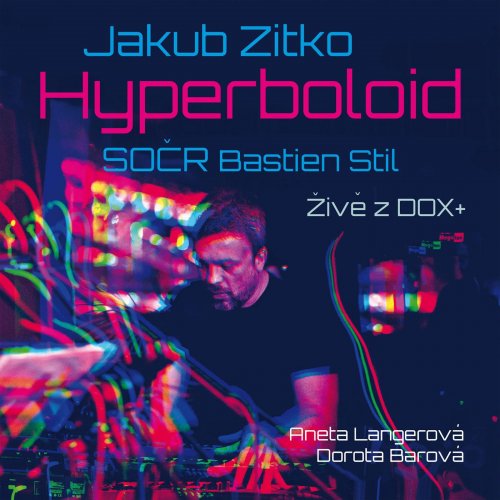
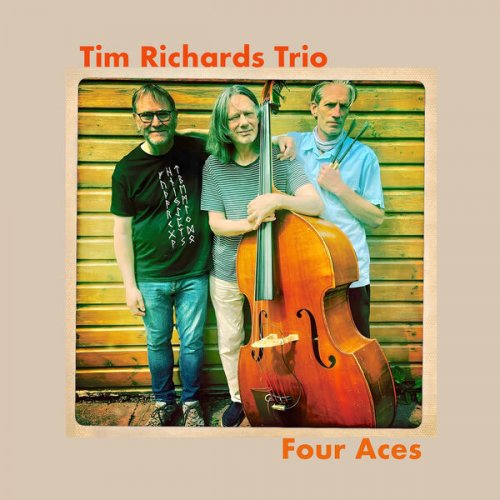
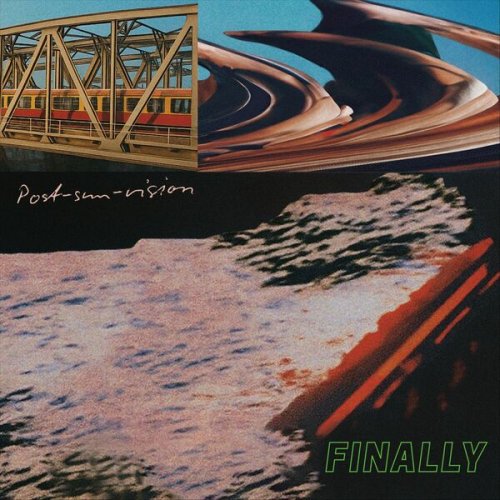
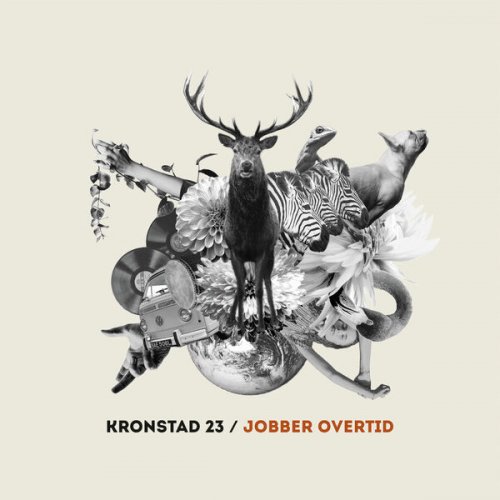
![Marju Kuut - Marju Kuut: Üksi, kuid vabana (2025) [Hi-Res] Marju Kuut - Marju Kuut: Üksi, kuid vabana (2025) [Hi-Res]](https://www.dibpic.com/uploads/posts/2025-12/1765641100_cover.jpg)
